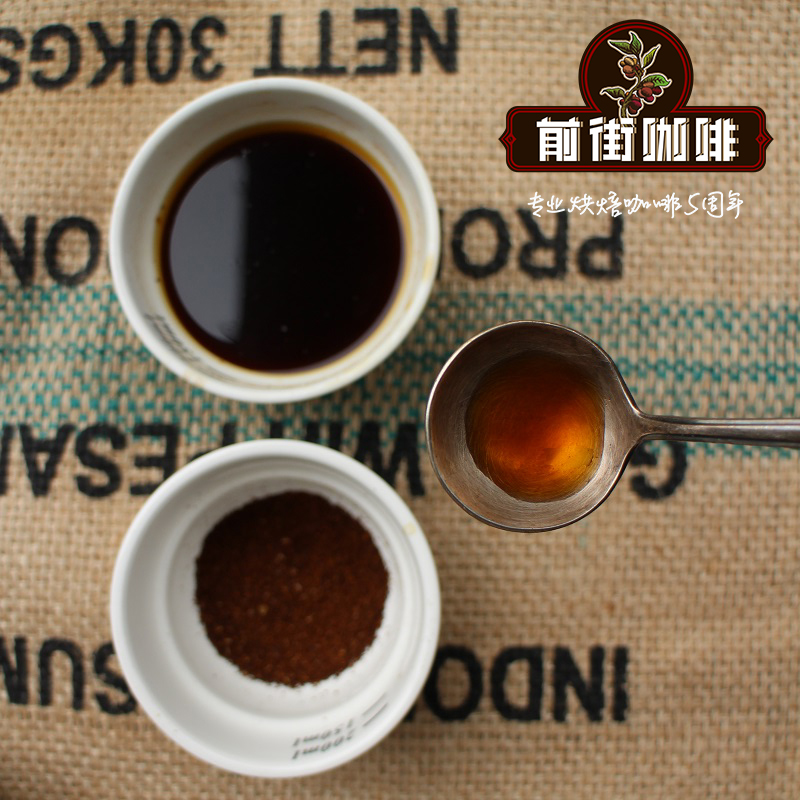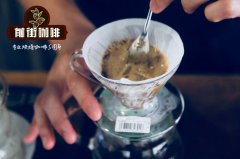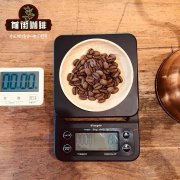What are the varieties of coffee beans? brief introduction to FTO Coffee washed with Yega Xuefei

Professional coffee knowledge exchange more coffee bean information please follow the coffee workshop (Wechat official account cafe_style)
Front Street-Coffee Bean species, Yega Chuefei washed FTO Coffee to share
Coffee beans in a broad sense, there are three kinds of coffee beans in the world, but the most common ones are Arabica beans and Robusta beans.
Arabica species (Arabica) Robosta beans (Robusta) Liberia (Liberica species)
There are three major varieties of coffee: the three native species are Arabica, Robusta and Liberika (Liberika). Arabica ranks first in terms of production, accounting for about 6070% of the world's coffee production. There are bourbon, Tibica and other sub-varieties. Robusta accounts for about 3040% of the world's total coffee production. Liberian cards account for only 3% of the total and are mostly grown in the Asia-Pacific region.
Arabica
Also known as small coffee beans, originated in Ethiopia. Arabica coffee trees mostly grow at an altitude of 1000 ℃ 2000 meters above sea level; they are hardy, and the suitable growth temperature is 15 mures and 24 meters; they need more humidity, and the annual rainfall is not less than 1500 milliliters; at the same time, they also have higher requirements for cultivation techniques. Arabica coffee tree is a large shrub with oval, dark green leaves and oval fruit. Generally, there are two slightly flattened beans with long oval on the front, narrow and curved cracks in the middle, S-shaped, and smooth arc on the back of the beans. Caffeine content is about 0.8% Rue 1.5%.
Arabica beans are an important kind of commercial coffee with a fruiting period of less than three years and a high-quality aroma and sour taste. Arabica coffee beans are mainly produced in South America (except parts of Argentina and Brazil), Central America, Africa (Kenya, Ethiopia and other places, mainly East African countries), Asia (Indonesia, parts of Yemen, India, Papua New Guinea).
Robusta species (Robusta)
Also known as medium-grain coffee beans, originated in the Congo of Africa. Robusta coffee trees are mostly planted in lowlands 200-800m above sea level. They like warm climates and require temperatures of 24-29 ℃, but do not require high rainfall. However, the variety relies on insects or wind to pollinate, so coffee takes 11 months from pollination to fruit, which is longer than Arabica. The caffeine content is about 3.2%, much higher than Arabica beans.
Robusta species (Latin name Coffee Robusta Linden) is one of the most important coffee varieties in the world. The leaf rust-resistant varieties found in Congo in Africa have stronger disease resistance than Arabica. Robusta coffee beans are mainly used to concentrate and mix to increase the thickness of alcohol and get rich oil. Although Robusta's flavor is not comparable to Arabica, it has its own value. Is the main ingredient of instant coffee, some espresso will also be mixed with a certain proportion of robusta.
The main producers of Robbosa beans are Indonesia, Vietnam, Brazil and other countries.
Liberia, also known as large-grain coffee beans, has strong vitality, but at the same time, its flavor and resistance to leaf rust are weak, and its planting capacity is less than 1%. It has basically withdrawn from the commercial market and is only preserved in scientific research.
New product: Yega Xuefei washing FTO
Production: Dama Cooperative DAMA COOP
Origin: Gedeo,SNNPR,Ethiopia, Southern Autonomous Prefecture of Ethiopia
Processing: washing, sun drying
Variety: local ancient species
Altitude: 1410-2000m
Certification: organic, Fair Trade
Brief introduction
From the Dama Cooperative, which has more than 1900 members, is a YCFCU member of the Federation of Yegashifi Coffee Farmers' Cooperatives. The branched bean has organic certification (Organic) and fair trade certification (Fair Trade).
Classic Yega Chuefei citrus direction, floral aroma, high sweetness, delicate and soft acidity, complex and layered taste, round and pure.
Knowledge expansion: Liberia, like Robusta, is pest-resistant and suitable for hot and humid environments, but it is not widely planted, mostly in South Africa.
In short: Qianjie is a coffee research hall, happy to share the knowledge about coffee with you, we share unreservedly just to make more friends fall in love with coffee, and there will be three low-discount coffee activities every month. The reason is that Qianjie wants to make more friends drink the best coffee at the lowest price, which has been Qianjie's tenet for 6 years!
END
Important Notice :
前街咖啡 FrontStreet Coffee has moved to new addredd:
FrontStreet Coffee Address: 315,Donghua East Road,GuangZhou
Tel:020 38364473
- Prev

Is it good to wash Yega Coffee in water or in the sun? isn't it good to drink water and wash Yega coffee in G2 grade?
Professional coffee knowledge exchange more coffee bean information please follow the coffee workshop (Wechat official account cafe_style) front street-Yejia Xuefei washed G2 coffee sharing 1. Natural Solar (Natural/Dried-in-the-Fruit): coffee cherries begin the sun-drying process without treatment after picking. This is the oldest method of treatment in existence. The drying process usually lasts four weeks.
- Next

Types and flavors of coffee beans A brief introduction to the taste characteristics of Arabica coffee beans
Professional coffee knowledge exchange more coffee bean information please follow the coffee workshop (Wechat official account cafe_style) front street-coffee bean species, Arabica coffee sharing coffee beans broadly speaking, there are three kinds of coffee beans in the world, but the most common around them are Arabica beans and Robusta beans. Arabica species (Arabica) Robostadou (Robusta) Liberia
Related
- Beginners will see the "Coffee pull flower" guide!
- What is the difference between ice blog purified milk and ordinary milk coffee?
- Why is the Philippines the largest producer of crops in Liberia?
- For coffee extraction, should the fine powder be retained?
- How does extracted espresso fill pressed powder? How much strength does it take to press the powder?
- How to make jasmine cold extract coffee? Is the jasmine + latte good?
- Will this little toy really make the coffee taste better? How does Lily Drip affect coffee extraction?
- Will the action of slapping the filter cup also affect coffee extraction?
- What's the difference between powder-to-water ratio and powder-to-liquid ratio?
- What is the Ethiopian local species? What does it have to do with Heirloom native species?

